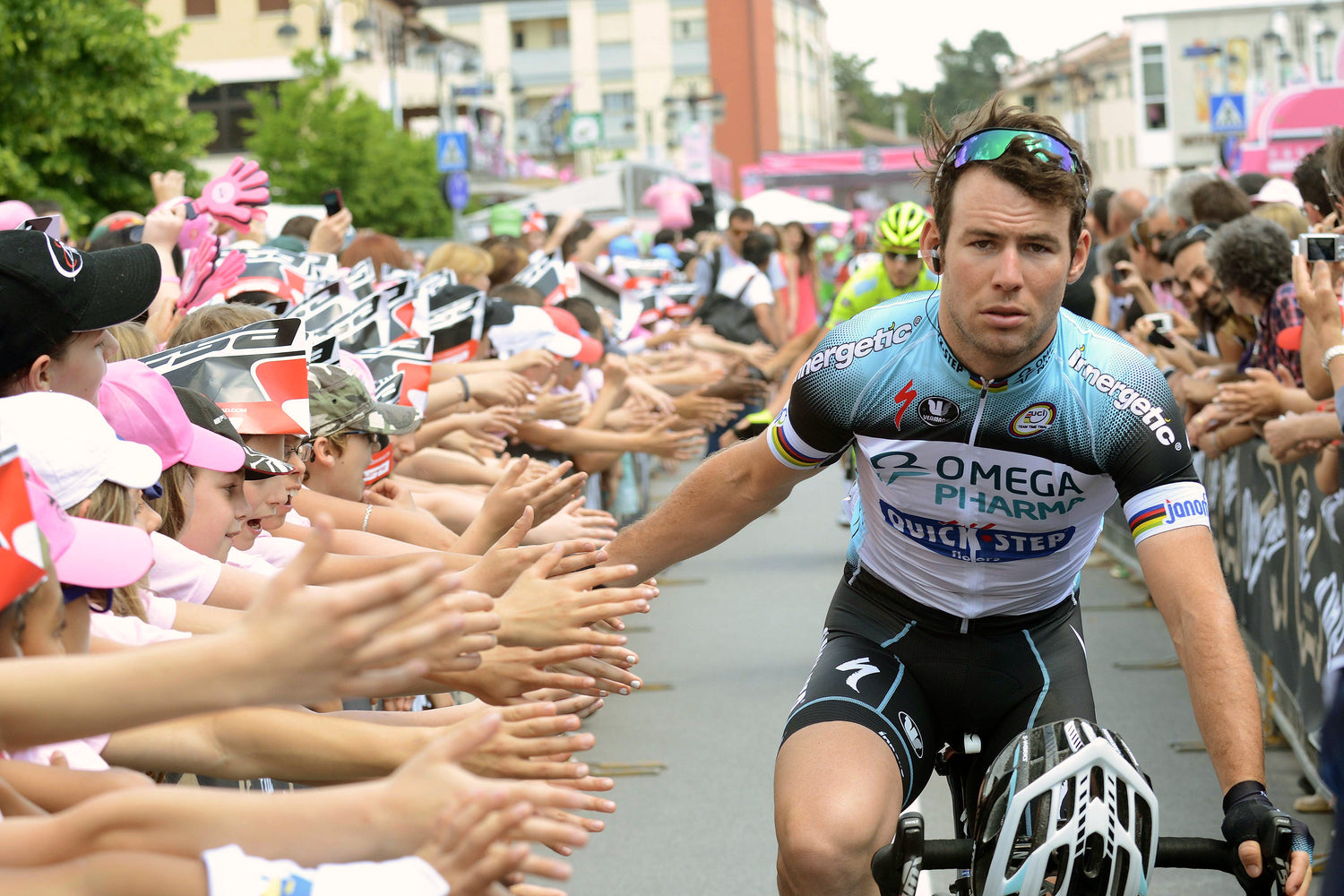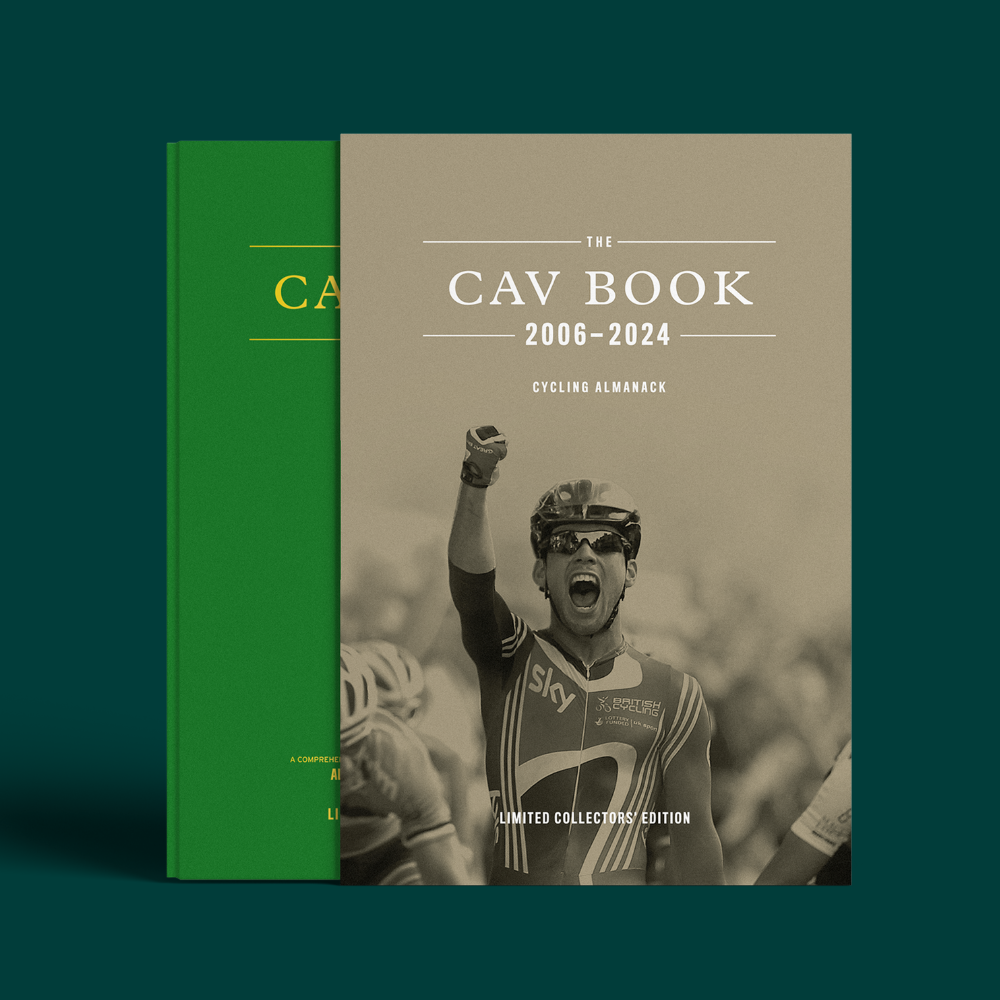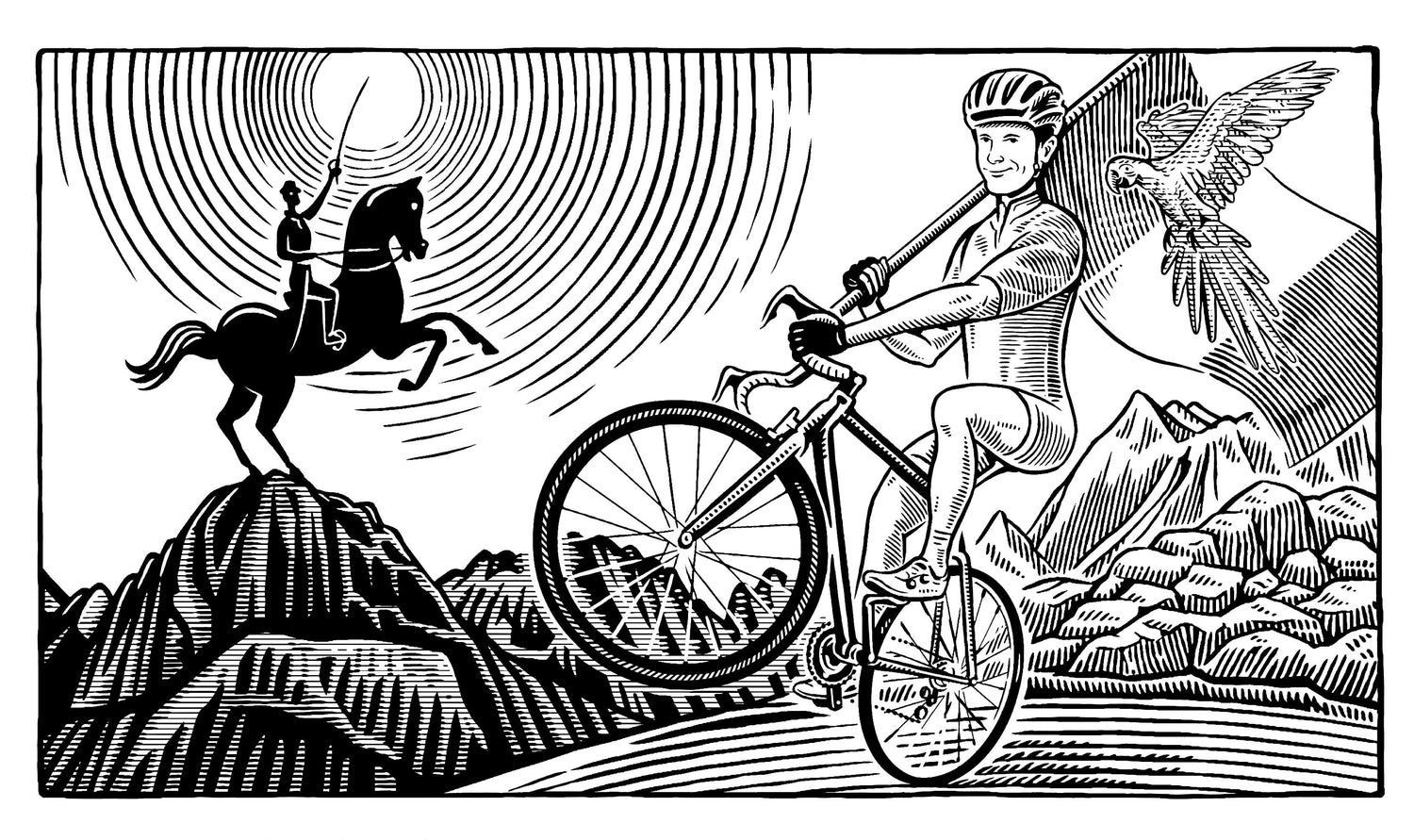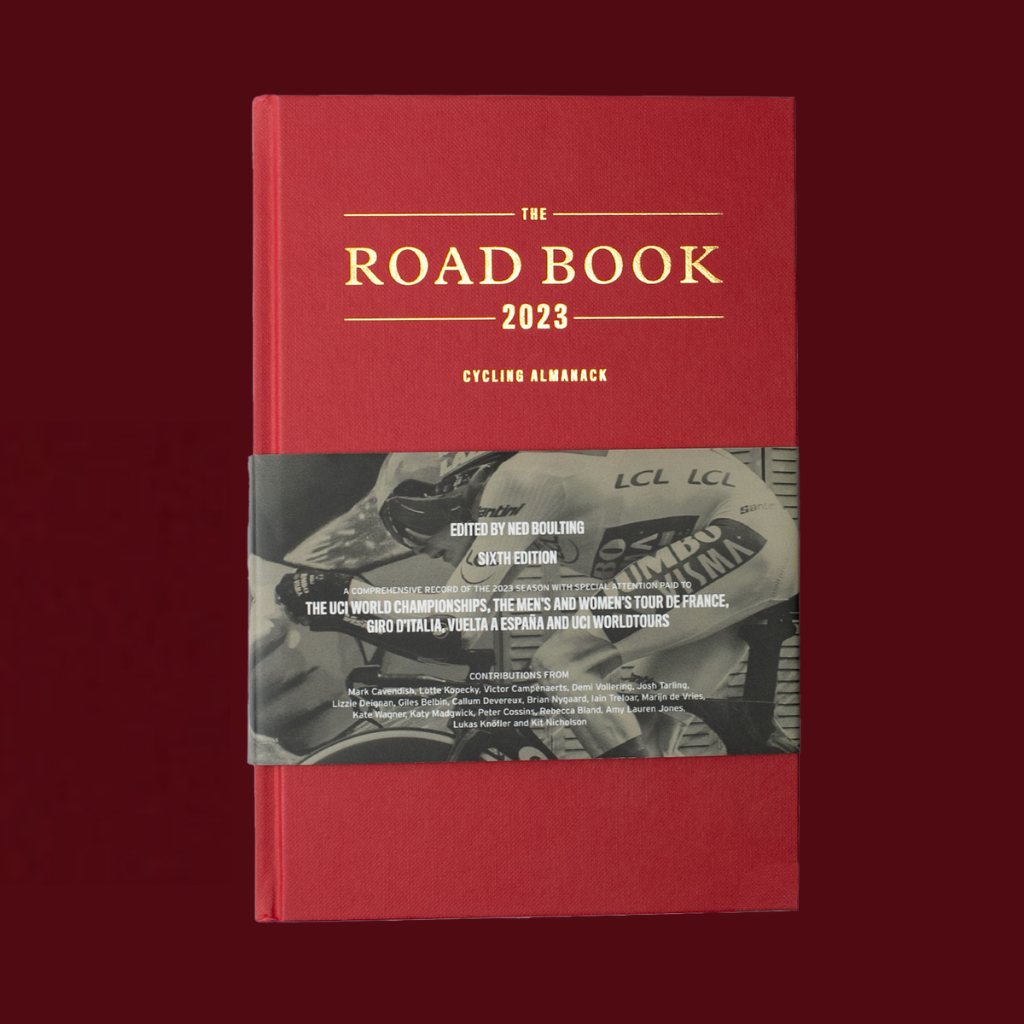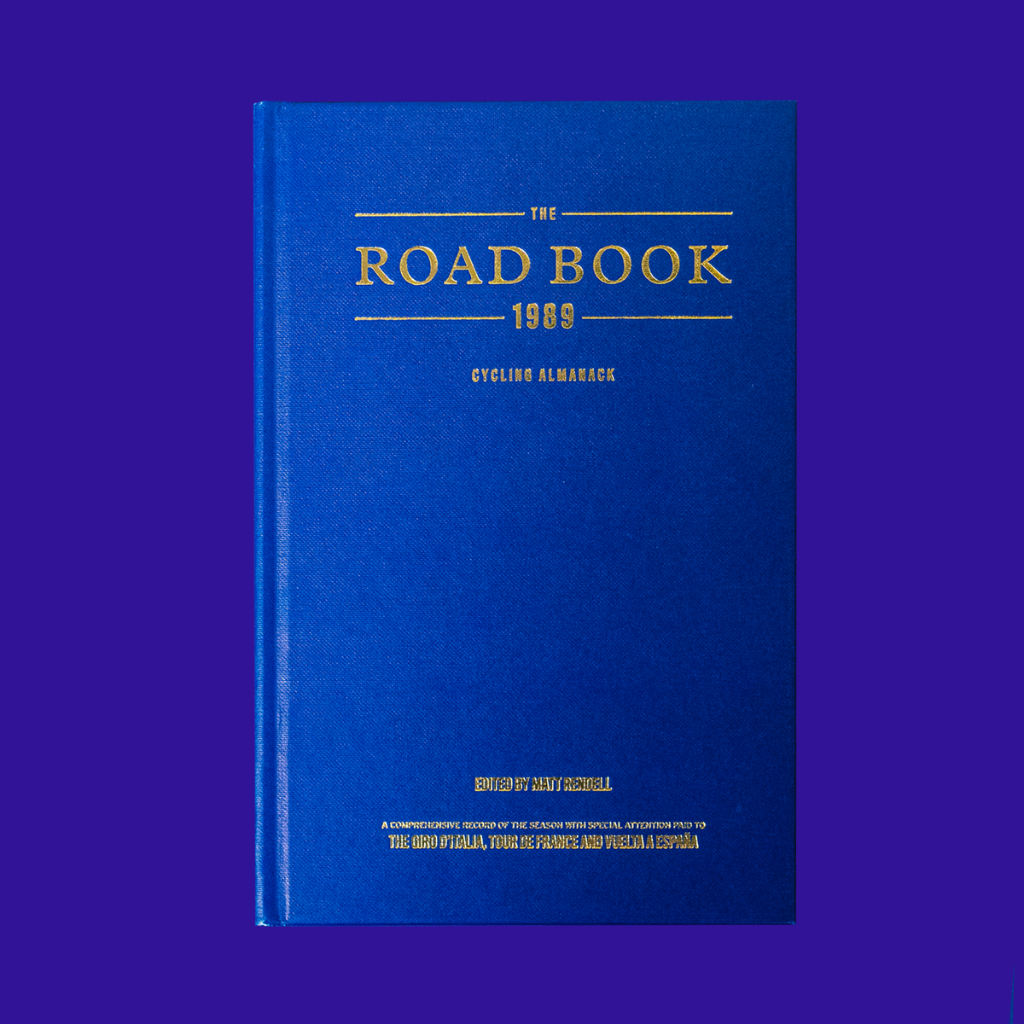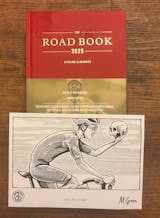If you are a regular reader of Cycling Plus, you may have noticed that last month I wrote a dismissive column about e-Racing. This month I accepted a job commentating on e-Racing. Lockdown has nothing to recommend it. It makes hypocrites of us all.
By way of mitigation: This column and the other one I do, less often, for Rouleur magazine are my only source of income. The last paid gig I had was commentating at the Tour de Langkawi in February, and for which I might never get paid in full, having been extremely rude about the race coverage on this blog.
Cycling Plus are great patrons, but it’s not like they’re in the business of furloughing cycling columnists at the taxpayer’s expense. So, in fiscal extremis, I have been forced to make massive moral choices, in which my true colours have shone through all too unpalatably. Gone are those care-free days when I voluntarily walked away from a column in a national newspaper because of their obsessive anti-cyclist clickbait. No, no. I’ll write any old nonsense for anyone now, if it’ll turn a few quid.
So, I am not proud of my painfully hypocritical stance in regard to virtual racing. But, on the other hand, I am able (if they ever get round to paying me) to feed my family for a week or so longer. In short, it was not all bad. It was during my research ahead of the much* (*not very) vaunted “Challenge of the Stars” virtual race that I stumbled across another forgotten story from cycling’s astonishingly rich and tragic past. And that’s the point of this column, really. Not e-Racing.
One of the contenders in the “Challenge of the Stars” was the Dutch sprinter Fabio Jakobsen (named after the Italian rider Fabio Casartelli who died on the Tour de France a year before Jakobsen’s birth). Looking at his curtailed results in 2020, I noticed that his last race was in Belgium in March; the Grand Prix Jean-Pierre Monseré. Jakobsen won it, incidentally. But who was Jean-Pierre Monseré? I had no idea.
People of a certain age from Leicester might just about remember him. He was the elegant young Belgian who, in their home city, coasted over the finish line of the UCI World Championship Road Race in 1970 in first place. He was just 21 at the time.
A talented footballer who counted Belgian international Johnny Thio among his closest friends, Monseré eventually chose cycling instead, like a prototype Remco Evenepoel. The results came straight away. In 1969 (the year that Eddy Merckx won his first Tour de France), Monseré won the final monument of the season, the Giro di Lombardia. The following year he was World Champion, attacking the final select group which included Felice Gimondi and rolling in alone to the finish line in Mallory Park. But the joy of victory was appallingly curtailed. During the ensuing celebrations, his father, who had a heart condition, suddenly died. Monseré somehow picked himself up and rode on. In 1971, in the rainbow bands, he won the overall at the Ruta del Sol in February. But a month later he too was dead.
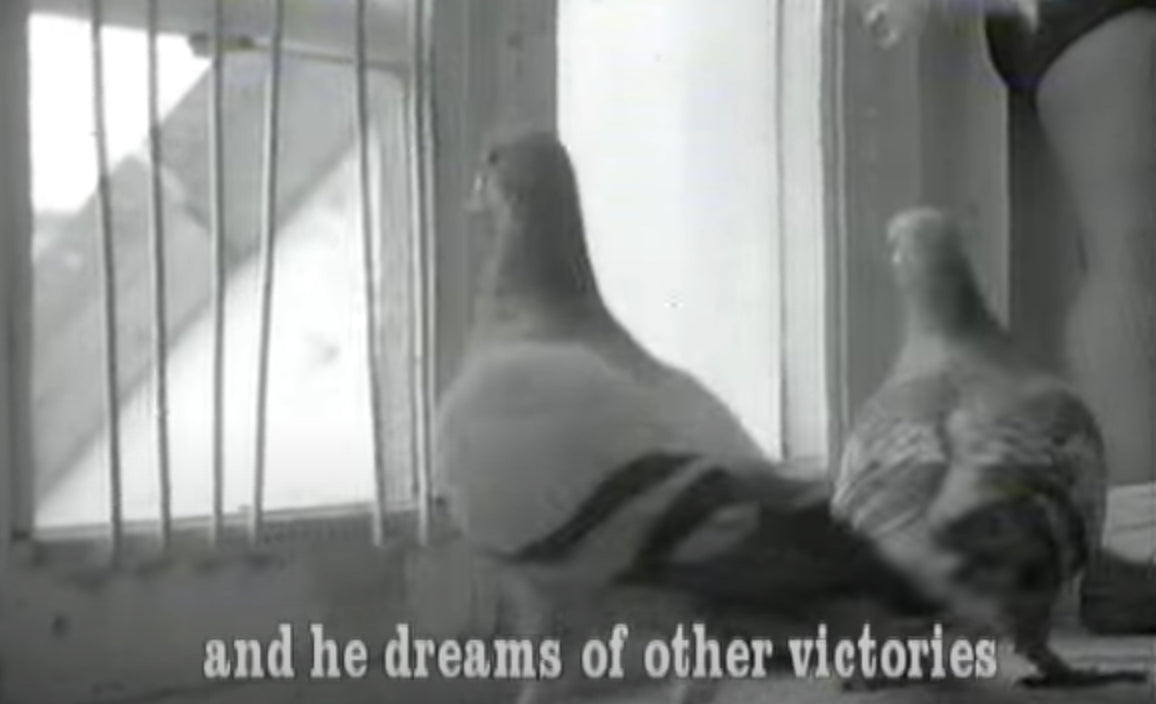
Footage of Monseré reveals him to be a lithe, elegant, charming young man, who was seemingly always smiling, as an instinct, like a black and white Louis Theroux. He was a pigeon fancier, not uncommon as a hobby in Belgium, and he loved nothing more than to see to his birds in their coop in the company of his young son Giovanni. Monseré was also ahead of his time; a great proponent of yoga, under the tutelage of his blind masseur Jacques Delva, he was doing things off the bike that would have been considered fairly unorthodox at the time. He is remembered by his contemporaries, including Merckx, with great fondness and not a little bewilderment at his sudden absence.
Competing in the Grote Jaarmarktprijs in Retie, he collided head on with a car that was parked at the side of the road, facing in the opposite direction on the race route. Riding at the back of the group, he saw it too late and collided at point blank range with the vehicle. The woman at the wheel of the parked car could do nothing about it. He died on the road, lying sideways on the tarmac, clothed in the rainbow bands, and surrounded by race officials and members of the public distraught at what they had witnessed and powerless to save him. A photograph taken at the time shows the windscreen of the car completely shattered and behind that on the ground, Monseré is dying. A monument on the road between Lille and Gierle now marks the spot, and there is a bike route dedicated to his memory.
There is a tragic footnote to Monseré’s story. Five years later, and aged seven, little Giovanni was hit by a car, too. He too lost his life while riding, heartbreakingly, in a rainbow jersey to match his late father’s. He had been out on the road on a racing bike that he’d only just been given by Monseré’s friend, and Giovanni’s godfather Freddy Maertens on the occasion his first communion.
And now his story is remembered by a dwindling few. His name lives on in the race which is held in his honour, but with each passing year there will be fewer and fewer people who understand who he was and the loss his death represented to his surviving family, his friends and to the sport of cycling in Belgium. I would like to think, though, that Fabio Jakobsen has heard the story. He’s a thoughtful young man, who understands the significance of his father’s intention in naming him after Casartelli, the last man to lose his life racing the Tour de France.
The road is real. Its dangers are not virtual. But life, like death is not fake. When eventually this lockdown ends, we will step out again and be reminded of this truth.



